Review: Apple's entry-level 2020 13-inch MacBook Pro is yesterday's tech for today's prices
Apple 13-inch MacBook Pro (mid-2020)
3.5 / 5Since the 2017 revision, the 13-inch MacBook Pro line has been a tale of two computers, and the 2020 refresh is no exception. But, there are some interesting "updates" in the new model, that puzzle us, and make us wonder why they were made.
For this review, we're specifically looking at the entry-level 2020 13-inch MacBook Pro with an 8th Gen 1.4GHz Core i5 processor that can Turbo Boost up to 3.9GHz (the 2020 13-inch MacBook Pro can also be configured with an 8th Gen 1.7GHz quad-core Core i7 with a Turbo Boost speed of 4.5GHz). There is a giant difference between the MacBook Pro that has the eighth-generation Intel processor, versus the tenth generation. Enough of one, in fact, that they warrant a separate examination.
While we'll be briefly discussing the higher-end models today, we'll be reviewing the higher-end 10th generation model a bit later as there are sufficient differences.
Not the refresh that was expected
Many users had hoped to see Apple move to a 14-inch design for the smaller MacBook Pro, adopting a similar design aesthetic as Apple had for the 15.4-inch MacBook Pro that became the 16-inch. That hasn't — yet — come to pass and instead we got another iteration on the existing MacBook Pro design.
The refresh still has the gorgeous P3 wide color gamut Retina display, two Thunderbolt three ports on the entry-level model we're discussing here, a headphone jack, the contested Touch Bar, and the same 720p camera that has been maligned for years.
Many things, Apple chose not to update. Wi-Fi is still only 802.11ac and not Wi-Fi 6 that the iPhone first brought to Apple products. Most devices and routers don't support Wi-Fi 6 at the moment but for a machine destined to last for at least six years, Wi-Fi 6 should be included. At least it has Bluetooth 5, though.
The exterior looks the same, though it did increase in weight from 3.02 pounds to 3.11 pounds and thickness from .59 inches to .61 inches. This has everything to do with the new keyboard.
The 13.3-inch refresh doesn't belie a 14-inch redesign, it just isn't here yet. Recent rumors point to early 2021 as the timeframe for the updated aesthetic.
Apple's Magic Keyboard
Apple has updated the keyboard design. After several false starts, Apple's kicked its butterfly switch mechanisms to the curb in favor of Apple's latest version of a scissor-switch design.
The previous butterfly keyboard was divisive, to say the least, but it had few staunch advocates. Between it and the Touch Bar, we believe that Apple was trying to migrate users to a more iPad-like experience for typing on the Mac. It appears to have not gone that well.
We have spoken at some length on the updated Magic Keyboard again, and again. It still has a full millimeter of key travel. It still feels more responsive to type on and not all that different from the 16-inch MacBook Pro which also has Apple's Magic Keyboard embedded into its aluminum body.
We truly do like the feel of the updated keyboard. While the extra key travel at times makes us feel like we are slightly slower than on the previous design that we've been hammering away on for nearly five years, it is an improvement. It isn't enough to cause us to trip up while typing that often, and is enough to make the keys feel more responsive when depressed.
Aside from moving to the Magic Keyboard, other changes are also notable. Specifically, Apple has included a standalone physical escape key and also returned the inverted "T" design for the arrow keys. Depending on a user's work, these may be more impactful than a shift from the previous-gen keyboard.
Upgraded internals
We're just going to come out and say it — we're not impressed with the lower-end of the 13-inch MacBook Pro. While the high-end 13-inch models were improved with the tenth-generation Intel processors, the entry-level units got stuck with the same eighth-generation chips as the 2019 models.
We see the impacts of this choice in performance. Our 1.4GHz quad-core 8th-generation Intel Core i5 processor model obviously scored the same as the 2019 model with the same chip. The entry 13-inch MacBook Pro (2019) scored 942 and 3913 on the Geekbench 5.1.1 single and multi-core tests while the 2020 model earned a 948 and a 4015.
In the Cinebench R20 benchmark, the fans barely spun up, not kicking in until two thirds through the test. They were audible, but not as loud as Apple's laptop fans used to be. Monitoring with Intel Power Gadget, the 13-inch MacBook Pro was able to maintain its clock speed without unnecessarily throttling down. In the test it scored 1588 points.
There is a degree of variance in these tests. While the 2020 13-inch MacBook Pro scores mildly higher, on average, they are identical for all intents and purposes.
Apple increased the storage capacities, thankfully. Doubling the capacities across the line. It now starts at 256GB and the low-end options can be upgraded to 2TB. Twice what they previously started at and were capped at. In terms of speed, we were averaging around 1250 megabytes per second for write speeds and 1600 megabytes per second for read speeds using the Blackmagic Disk Speed Test.
For comparison, the 16-inch MacBook Pro at just about any capacity will peak at 3150 megabytes per second read speeds, and about 2900 megabytes per second write speeds. The 2020 MacBook Air delivers about 1250 megabytes per second read, and 1000 megabytes per second write.
Memory too is the same as last year, starting at 8GB of 2133MHz LPDDR3. Graphics as well sticking around, relying on the Intel Iris Plus Graphics 645.
Entry-level 13-inch MacBook Pro versus high-end
This year, more than ever, there is a distinction between the entry-level units and the upper-level units. They are physically differentiated by the number of Thunderbolt 3 ports. The entry-level has two while the upper-end has four. As we've mentioned, we will review the higher-end machine soon, but to give you an idea of the differences, we wanted to touch on them quickly.
The high-end units have the aforementioned tenth generation Intel chips rather than the older eighth generation. They use faster 3733MHz LPDDR4X memory, start at 16GB, and can be updated to 32GB. Internal storage can be maxed out at 4TB.
Because of those tenth generation chips, the 2020 high-end model has better graphics than the 2019 refresh, and this 2020 low-end MacBook Pro. On the high end, a 6K display such as the Pro Display XDR can be driven, with this model only able to connect to a 5K external display.
Should you buy the entry-level 13-inch 2020 MacBook Pro?
This new 13-inch MacBook Pro for 2020 is... fine. It is, in a vacuum, a solid machine. But in the ladder that is Apple's portable Mac lineup, it is an extra rung.
The new MacBook Pro does perform a hair better than the MacBook Air, but not by much. If users actually want power, they should spring for the $1,799 model that adopts the tenth generation Intel chips, or even the 16-inch MacBook Pro which isn't much more than that $1799, street-priced. But, that is a conversation for another day.
The newest MacBook Air is a more enticing option versus the 13-inch MacBook Pro at the low-end. It is cheaper, slimmer, and more portable. Not to mention, the MacBook Air has those updated tenth generation Intel processors that the entry-level MacBook Pro lacks.
Users who are dead-set on picking up an entry-level MacBook Pro are buying it for a few reasons. Compared to the Air, it is very slightly more capable and does come with the Touch Bar — but if the latter is a bonus varies very much user to user. Compared to the previous-gen MacBook Pro it also has beam-forming microphones, Dolby Atmos support on tiny speakers, as well as better value with the doubled internal storage capacities.
Those aren't inherently bad reasons to buy the machine, but the MacBook Air is a better value overall, and the high-end 13-inch MacBook Pro has more to offer.
If we weren't comparing this to the MacBook Air, if it existed in an ideal vacuum, we'd give this machine a four out of five for its design, feature set, and performance. But with the MacBook Air in such close proximity, occupying the same market segment, the entry-level Pro doesn't warrant more than a 3.5.
Rating: 3.5 out of 5
New 2020 13" MacBook Pro deals
Apple's brand-new 2020 13-inch MacBook Pro is already on sale, with exclusive coupon discounts of up to $200 off, plus bonus savings on AppleCare.
If, after reading this 2020 13-inch MacBook Pro review, you want to pick up a system for yourself, check out the MacBook Pro deals in the AppleInsider 2020 13-inch MacBook Pro Price Guide.
 Andrew O'Hara
Andrew O'Hara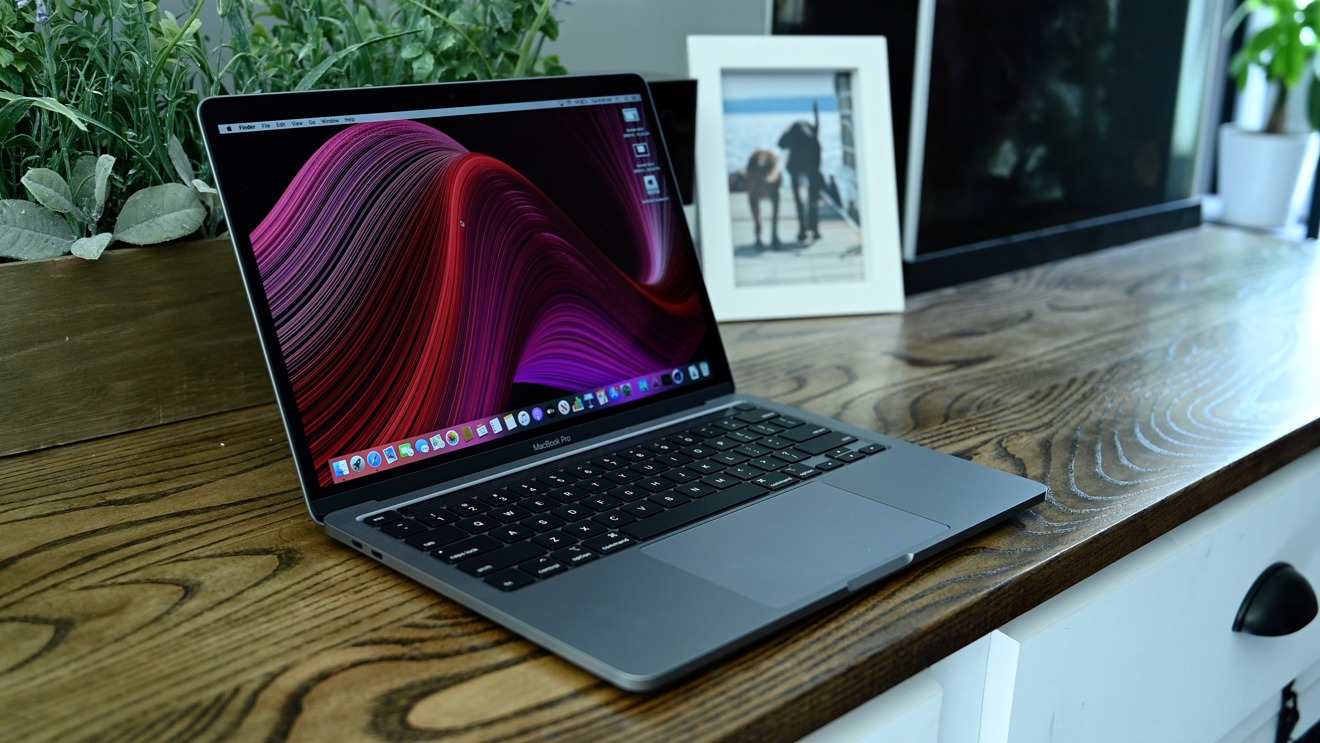
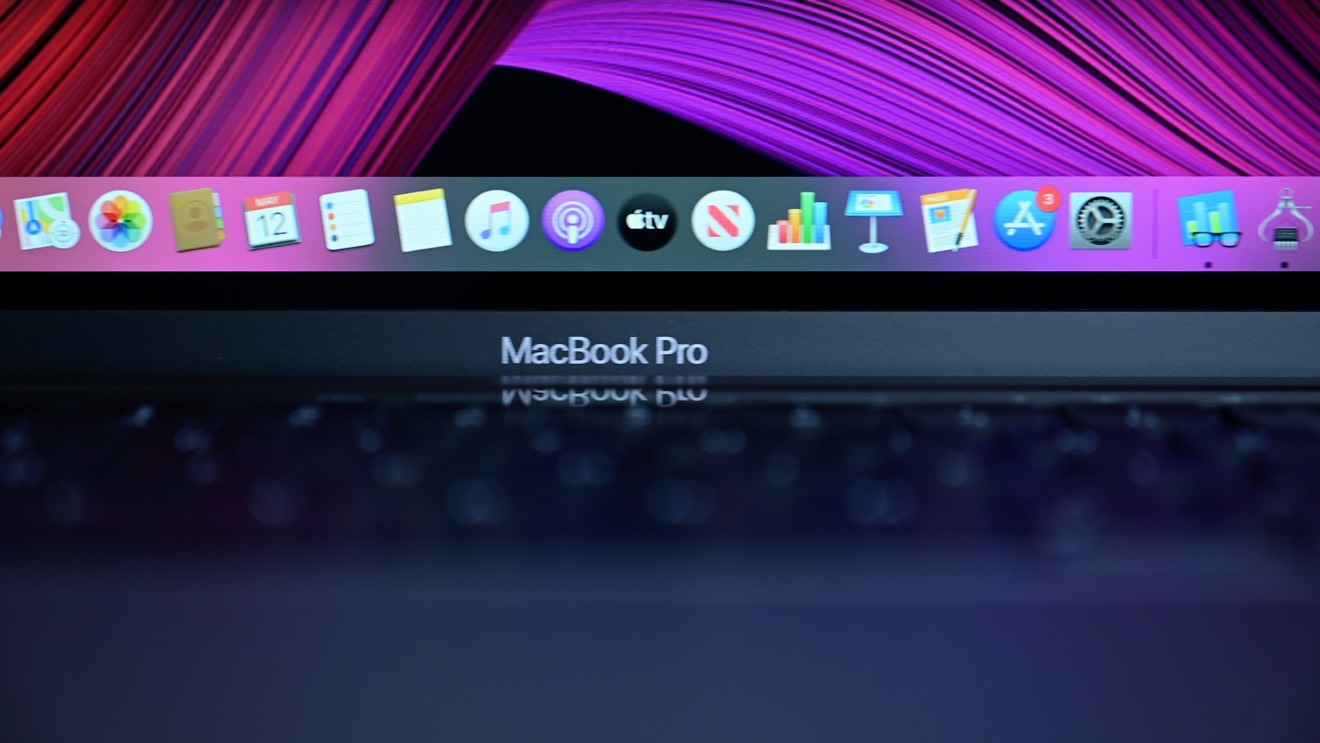
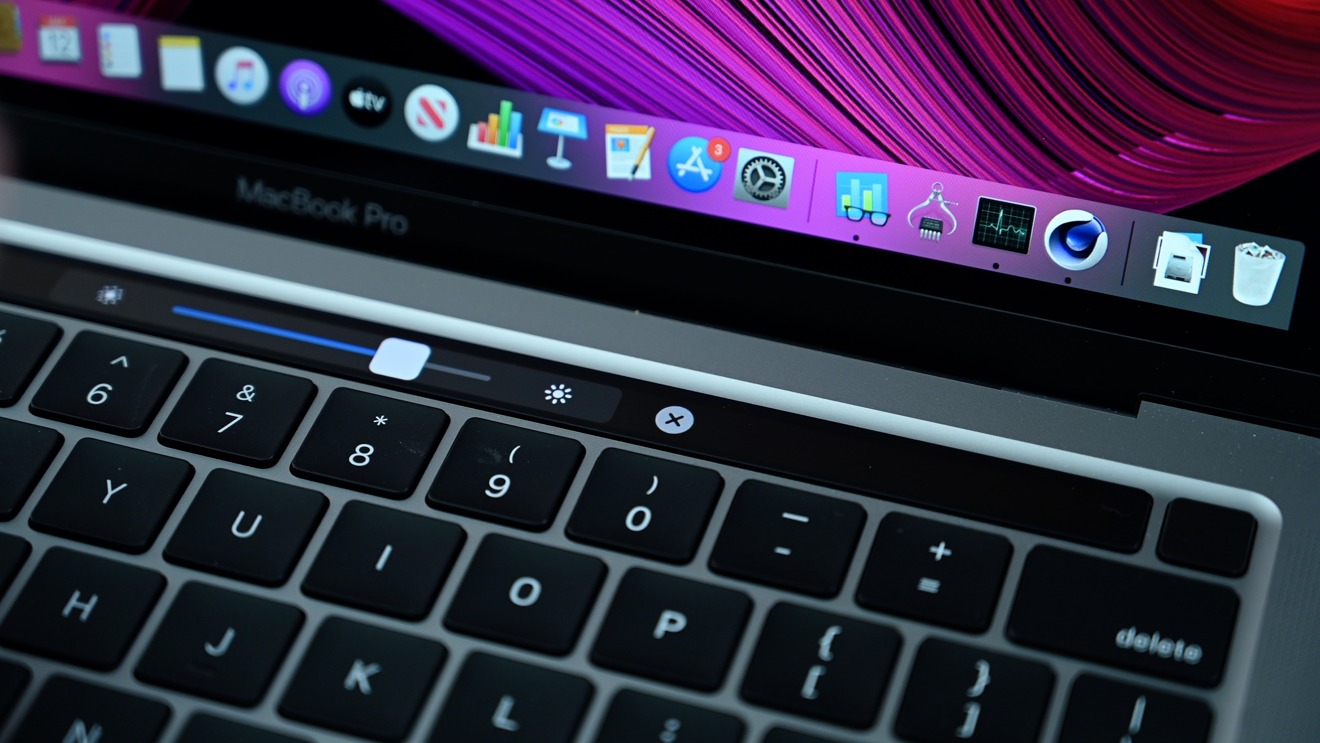
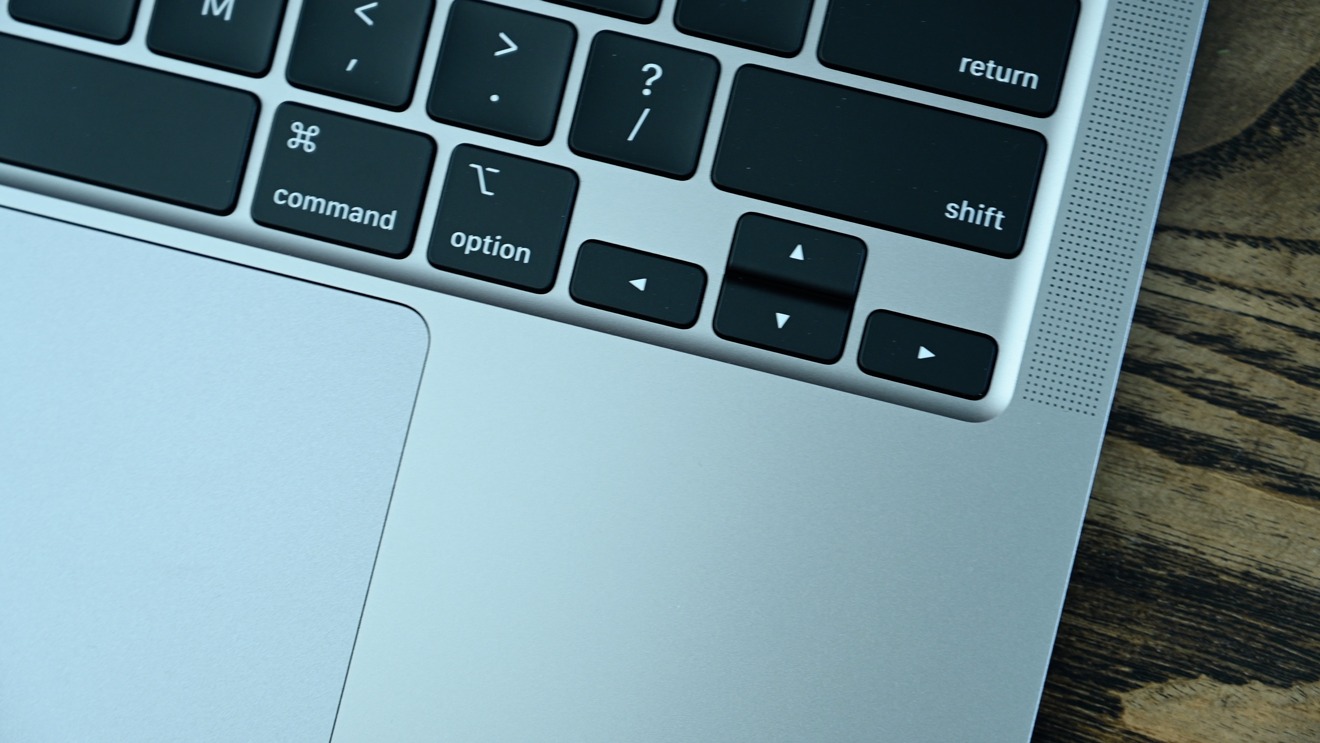
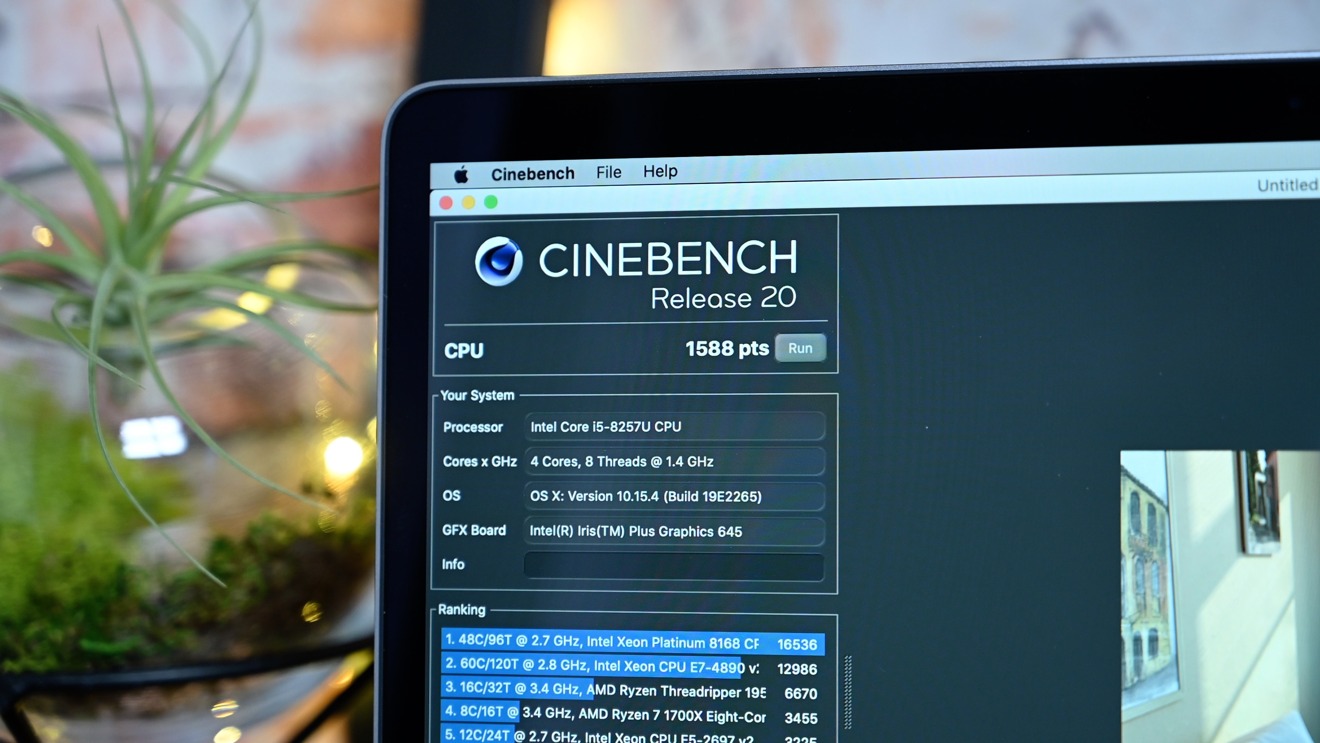
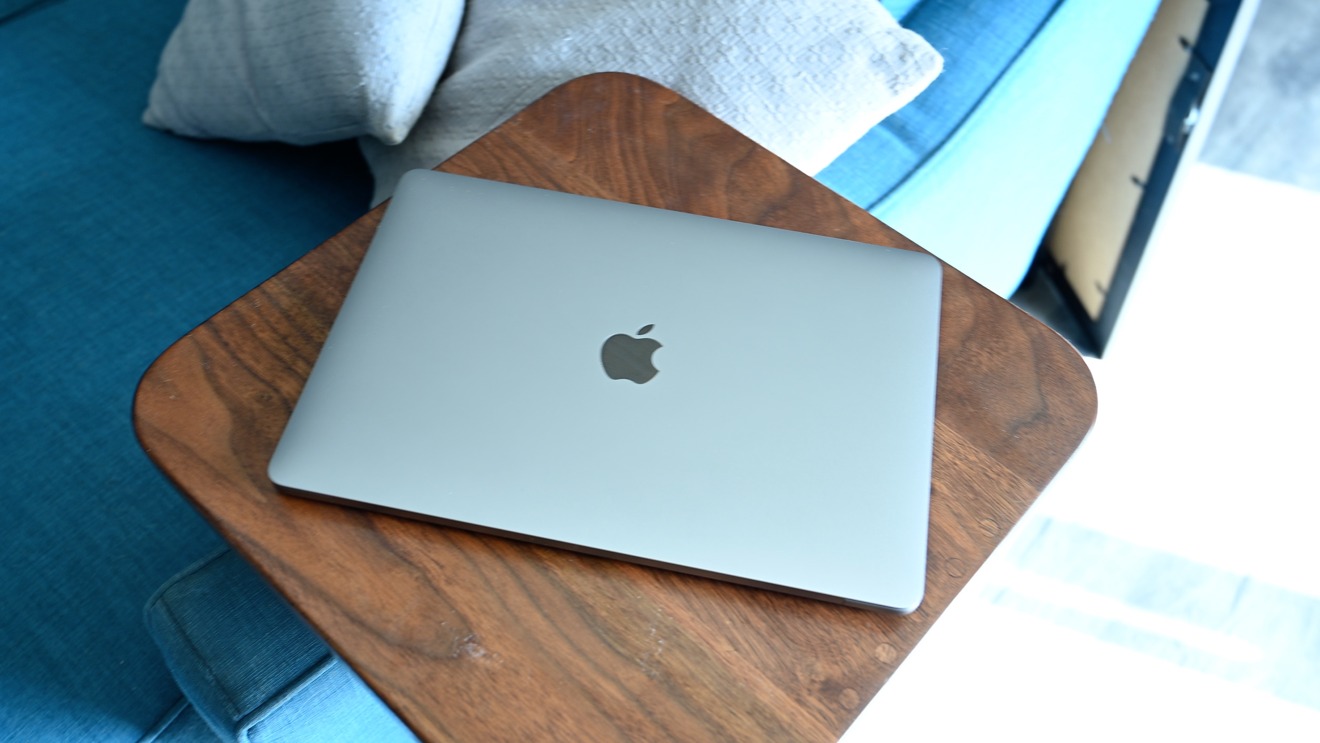
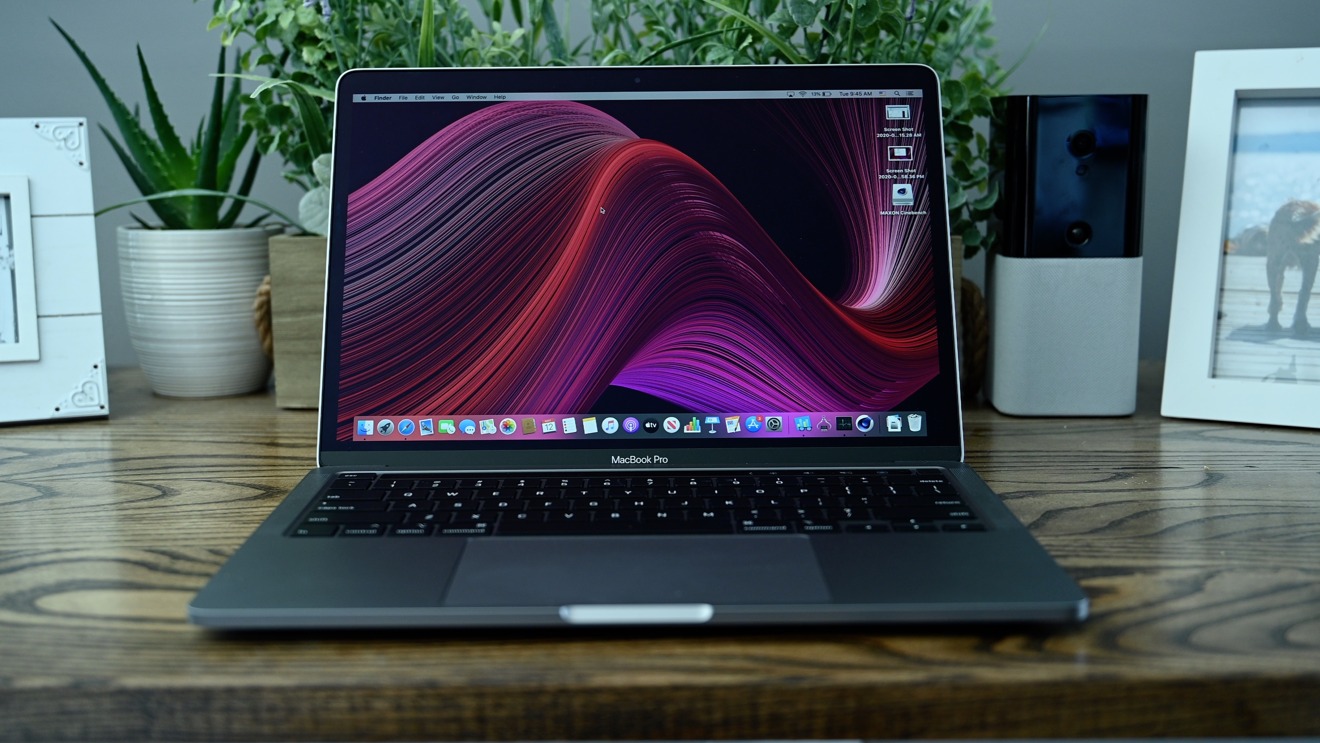











 Mike Wuerthele
Mike Wuerthele
 Malcolm Owen
Malcolm Owen
 Chip Loder
Chip Loder

 William Gallagher
William Gallagher
 Christine McKee
Christine McKee
 Michael Stroup
Michael Stroup
 William Gallagher and Mike Wuerthele
William Gallagher and Mike Wuerthele






